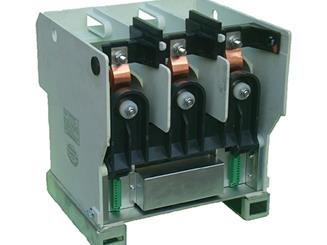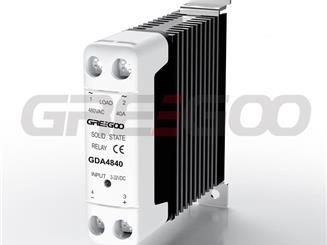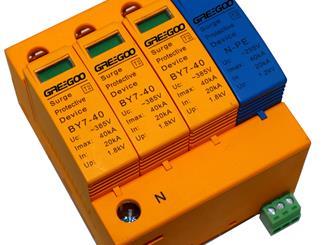Differences Between Vacuum Relay, SPST-NC, STST-NO, SPDT, and DPDT Switches
The differences between vacuum relay, SPST-NC, SPST-NO, SPDT, and DPDT mainly lie in their structure and function:
-
Vacuum Relay:
- Structure: Operates within a vacuum chamber to prevent arc formation.
- Function: Suitable for high-voltage switching, reduces contact wear, responds quickly, and is commonly used in high-voltage circuits requiring fast switching.
-
SPST-NC (Single Pole Single Throw Normally Closed):
- Structure: Has one input and one output, and the circuit is closed by default.
- Function: Used to keep the circuit closed when not energized and open the circuit when energized.
-
SPST-NO (Single Pole Single Throw Normally Open):
- Structure: Has one input and one output, and the circuit is open by default.
- Function: Used to keep the circuit open when not energized and close the circuit when energized.
-
SPDT (Single Pole Double Throw):
- Structure: Has one input and two outputs.
- Function: Can switch between two outputs, commonly used in applications requiring switching between two circuits.
-
DPDT (Double Pole Double Throw):
- Structure: Has two inputs and two outputs.
- Function: Can switch two independent circuits simultaneously, suitable for applications requiring simultaneous control of two circuits.
These types of relays and switches have different uses in circuit design, and the choice depends on specific application requirements.

Compact medium voltage vacuum contactor, 12kV 400A.
Integrated molded frame structure of 12kv 400A vacuum contactor, compact design, saving your valued space of cabinet.
Read More
How to choose a suitable Solid State Relays
Single phase or three phase, nominal voltage and current, potential surge or inrush current, AC or DC load, control signal, zero crossing type or random control ssr etc.
Read More
What are the main differences between MOVs and Spark Gaps in SPDs?
An effective surge protection strategy often combines the use of both MOVs and spark gaps, along with other protective devices, to provide comprehensive protection against different levels of power surges.
Read More
Intelligent Solid State Relay
Current digital display, MODBUS communication, RS485 port, Temperature detection, Phase loss detection, Panel function LEDs for operational status monitoring etc.
Read More













